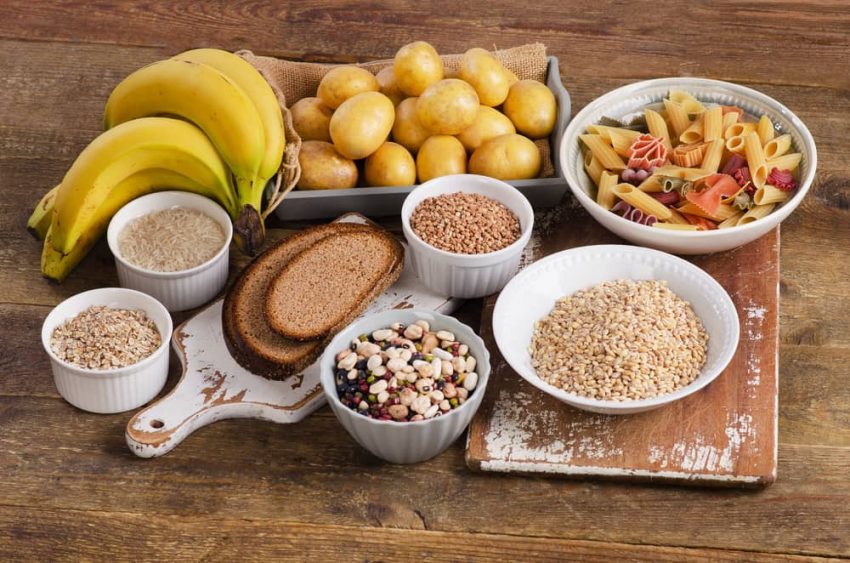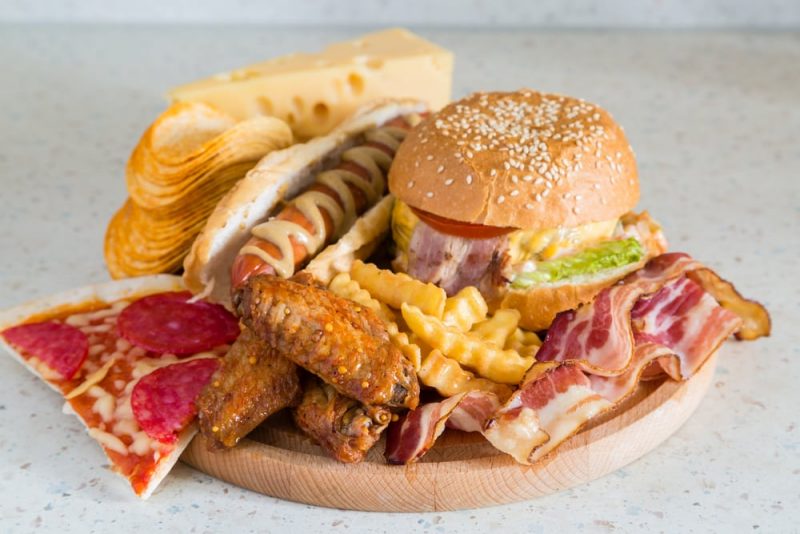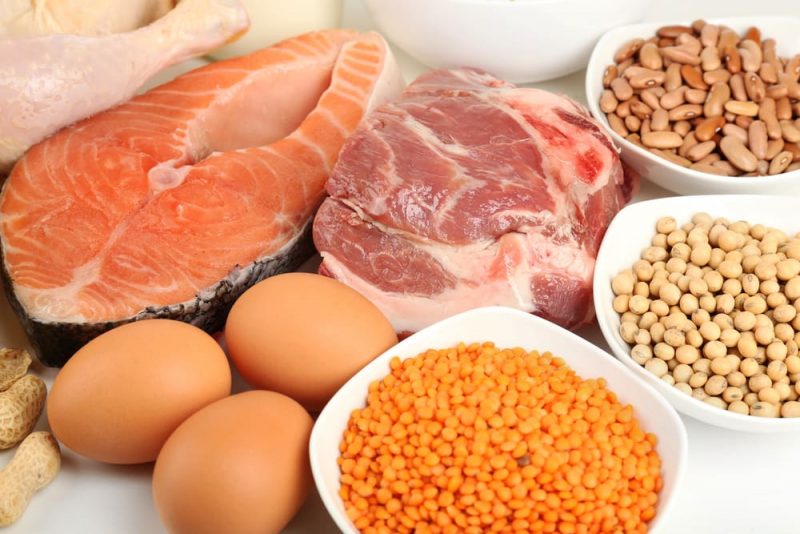It is well known that the ingredients that make up our diet provide, in their own way, various biochemical aspects necessary for the proper functioning of our body, so the ideal nutrition consists of a wide variety of the various groups of nutrients: carbohydrates, lipids and proteins.
- carbohydrates. They are sugars (carbohydrates), which constitute the main form of energy resource of the human body, and are consumed mainly in the form of fibers, starches or sugars directly. Being metabolized more quickly and directly than other nutrients, carbohydrates provide immediate energy to the system, but consumed in excess lead to their storage in the form of fat. They can be simple (monosaccharides, fast and short-lived metabolizing) or complex (polysaccharides, slower metabolizing). For example: pasta, dried fruit
- lipids or fats. They are diverse molecules, more complex and more difficult to decompose than carbohydrates, insoluble in water and widely used in the human body, not only as an energy reserve mechanism (triglycerides), but also as structural blocks (phospholipids) and regulatory substances ( steroid hormones). There are three types of lipids: saturated (single bonds), monounsaturated (one carbon double bond), and polyunsaturated (several carbon double bonds). For example: butter, eggs.
- Proteins or protein. They are the fundamental and most versatile biomolecules that exist, composed of linear chains of amino acids. They are necessary for most of the body’s structural, regulatory or defensive functions, and they provide a long-lasting supply of essential nutrients and long-term energy to the body, despite being slower assimilated substances. For example: legumes, ripened cheeses.
Examples of carbohydrate foods
- Cereals. Most grains are rich in fiber and starch, both of which are important sources of carbohydrates. Whole grain cereals contain complex carbohydrates, processed cereals contain simple carbohydrates.
- breads. Breads are one of the main sources of carbohydrates in the human diet, incorporated in their various possibilities and combinations. This includes breads made from bran, wheat, corn, etc.
- Pasta. Of similar origin to bread, wheat and semolina pasta, and even those made with an egg base, are a source of large amounts of carbohydrates.
- Fruit. Abundant in fructose, one of the main simple sugars that exist, most sweet fruits provide immediate energy to the body in their simplest forms: bananas, peaches, kiwis, strawberries and apples.
- Nuts. Given their richness in starches, most nuts such as hazelnuts, figs, walnuts and raisins are an important source of complex carbohydrates.
- Dairy products. Milk derivatives, such as cheese and yogurt, or pasteurized milk itself, contain abundant galactose, a simple sugar.
- Honey. Composed of double sugars (disaccharides), it provides a high amount of carbohydrates as well as vitamins and nutrients.
- soft drinks. Given their very high content of sugar syrups or sweeteners more or less based on carbohydrates, soft drinks provide in a few sips the amount of simple sugars that we would need in a full day.
- Vegetables. Most grains and pods are high in starch, so they provide complex carbohydrates.
- Potatoes and other tubers. Rich in fiber and complex carbohydrates.

Examples of foods with lipids
- Butter. As well as mature cheeses, milk cream or cream, these milk derivatives have a high fat content that allows their characteristic spreadability and flavor.
- red meat. Both from cattle and pigs, that is, meats rich in fat such as chops, sausages and bacon.
- Seafood. Despite being succulent and having a lot of iodine, they contain a significant lipid load that directly affects the body’s cholesterol.
- Vegetable oils. Used as a salad dressing or as part of sauces and cooking, they contain fatty acids that are often essential for life.
- Nuts and seeds. Like walnuts, peanuts, chia, sesame, almonds and chestnuts. In fact, these are often used in the production of oils for cooking or dressing.
- Eggs. The egg yolk (yellow part) contains an important lipid content.
- Whole milk. Although it is an important source of protein and carbohydrates, it is also an abundant source of fat, since this food is naturally intended to nourish individuals in full development.
- Fish. They are rich in fatty oils that are extremely beneficial for the body (Omega 3) and can even be consumed as a dietary supplement.
- soy or soybean. A legume used to obtain oils for tofu, and multiple applications as a food substitute.
- the fritters. This due to its preparation, submerged in polysaturated oils. Both flours, meats and seafood.

Examples of protein foods
- Eggs. Despite their fat content, eggs are a rich source of protein and carbohydrates.
- White and red meats. Since proteins are used to build muscle tissue, eating meat is a way to acquire them from other animals.
- milk and yogurt. They contain a very high index of proteins, carbohydrates and fats. Both in their skim variant will maintain their protein index.
- Salmon, hake, cod, sardines and tuna. These species of fish are particularly nutritious, as they provide significant amounts of animal protein.
- Peanuts and other nuts. Like figs, almonds and pistachios, although they also have a high lipid index.
- Vegetables. Like peas, chickpeas and lentils, they are an important source of protein, ideal for nourishing vegetarian diets.
- Sausages. Like blood sausage or chorizo, they contain animal blood proteins from which they are made.
- Non-fat pork. Like certain types of ham that are specially aged or prepared, which favor the protein index over the lipid index.
- matured cheeses. Like Manchego, Parmesan or Roquefort, despite the fact that they also contain high fat content.
- the jelly. Made from cartilage scratches, they contain a significant amount of protein in colloidal suspension.

